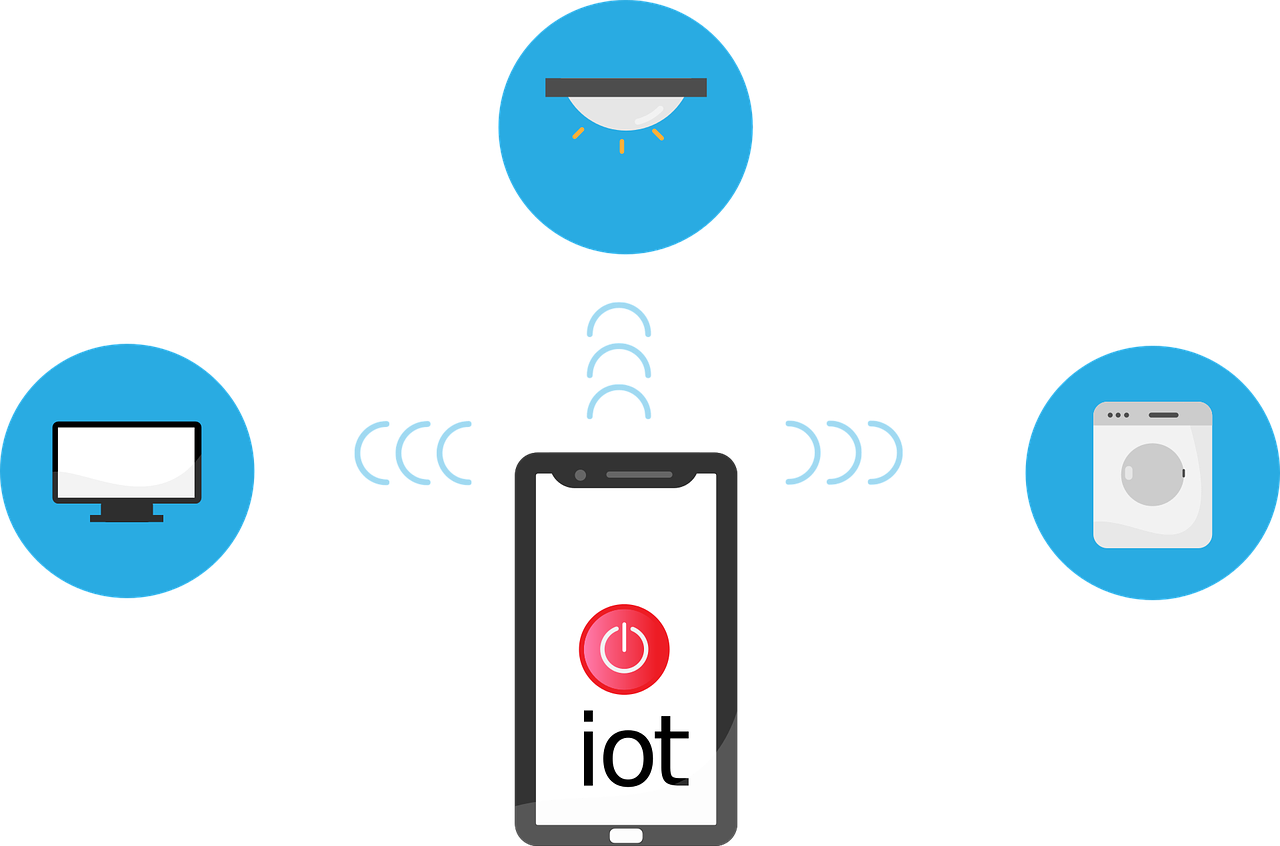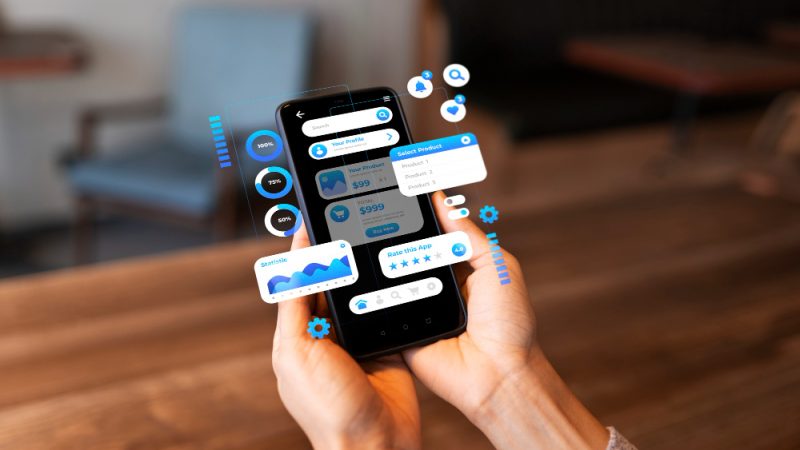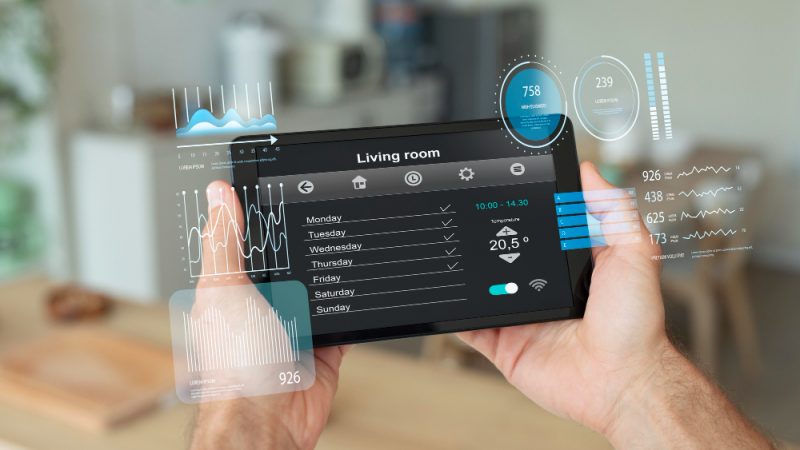Testing of IoT Apps with The Cloud – Explained!

Summary
IoT (Internet of Things) helps generate big data or a vast amount of data. Managing the storage and flow of this big data is a challenging task for enterprises. Cloud computing with its different models allows companies to store, manage, and analyze this data over cloud platforms and help improve IoT systems’ working and efficiency. In the digital world, the popularity of the internet of things, cloud computing, and big data are increasing. Yet these technologies have some bottlenecks such as security issues, poor stability, fault tolerance, difficulties in installation, low performance and maintenance that require testing to fix these issues.
The Relation Between the Internet of Things and Cloud Computing
IoT is the new concept of the internet network that allows communication between various objects, including mobile devices, smart devices, sensors, etc. However, the architecture of IoT (Internet of Things) helps communicate effectively between all elements of architecture. The elements could be gates, objects, network infrastructure, and cloud infrastructure.
When working together on the IoT and Cloud computing, it offers multiple benefits like:
- It is easy to deploy applications in cloud infrastructure, and it allows to process and analyze data faster and make decisions as soon as possible.
- Cloud computing allows collaboration in IoT development. IoT developers can store and access the data remotely using Cloud Platform.
- Cloud computing helps to get access to advanced analytics and enables the monitoring of IoT devices.
- As you know, there is a complementary relationship between IoT and cloud computing as IoT produces a wide variety of data that many cloud providers transfer via the internet connection and make the information easily accessible.
Why is IoT Testing Important?
IoT devices that use back-end infrastructure and common APIs may receive essential security updates through the cloud. But, a security breach is a major concern that sometimes happens in the infrastructure. Thus, testing is crucial for security IoT apps and makes user’s data secure and private. The increase of connected devices in the business, consumer, healthcare organization, and their internal weaknesses create a spot for cybercriminals who launch an attack on IoT devices such as medical sensors, smart mobiles, including compromised devices like printers, routers, webcams, smart TV, and even a smart home.
In 2019, the most shocking IoT security incidents took place. A so-called ‘Facepalm’ bug of Apple hit the headlines when a 14-years old boy was going to add his friend to a group conversation in Arizona. According to ZDNet, the boy was unable to listen to the conversation, which was done in the friend’s iPhone environment. The boy gave so many complaints and submitted a report to Apple. A week later, Apple took action, and In that time, the company decided to take the security flaw seriously and release it very carefully.
The other example is again taken from the article of ZDNet, which mentioned the old BrickerBot malware named Silex that destroyed millions of IoT devices back in 2017. According to one of Akamai’s researchers, Larry Cashdollar, Silex Malware worked by trashing an IoT device’s storage, removing the network configuration, dropping firewall rules, and halting the device. This malware attacked almost 1,650 IoT devices. During that time, the owners had to reinstall the firmware of all devices manually.
Due to the speedy developments of the latest technologies and IoT devices, the attacks and threats are present and a clear danger for organizations as well as individuals all over the globe. Therefore, testing is a must to protect IoT devices/apps and their data from cybercriminals. One should take this matter seriously. Otherwise, the failures can produce disastrous results for your company. With IoT apps testing, both companies and manufacturers can improve the quality of life and provide the best experience to users.
According to Gartner, a maximum of 20% of companies have observed at least one IoT-based attack in the past three years. With a growing 75 billion connected devices predicted worldwide by 2025, data breaches and exposure to cybersecurity vulnerabilities will increase five-fold from now.
Testing of IoT apps with the cloud proves beneficial as testing for IoT devices revolves around networks, security, analytics, processors, platforms and standards, and device and operating systems. There are various types of testing performed in IoT devices, such as:
Usability Testing
There are a wide variety of devices used by the users, which look different from their shape. That’s why testing the usability of the system is necessary in the case of IoT testing. Basically, usability testing is a non-functional testing technique that is used to evaluate how easily end-users can use the app or the IoT device, or the system.
Scalability & Reliability Testing
Scalability and reliability testing are vital for developing an IoT test environment that includes sensors’ simulation by using technologies and virtualization tools. The purpose of conducting scalability testing on IoT apps is to ensure that it can handle the activities even after increasing data volume, user traffic, and transaction count frequency.
Compatibility Testing
One can connect many devices through the IoT system, but these devices have varied hardware and software configurations. Thus, the possible combinations are massive. As a result, one should focus on the compatibility testing of the IoT systems.
Data Integrity Testing
IoT applications have a large amount of data that requires data integrity testing to verify that whatever data is already in the database will work accurately and perform functions as expected within the given app.
Performance Testing
Performance testing is another phase considered for IoT apps, and there may be strategies made by testers for developing and executing an IoT testing plan.
Security Testing
Multiple types of users access a massive amount of data in the IoT environment. IoT is excellent in many ways. But unfortunately, this technology is not entirely safe and matured yet. From users to manufacturers, everyone faces various security challenges in the IoT environment like physical hardening, manufacturing standards, update management, user knowledge and awareness.
Some Risks in IoT devices from manufacturers are:
- Hard-coded or weak, guessable passwords.
- Lack of a secure update mechanism.
- Hardware issues.
- Unpatched and old embedded software and operating systems.
- Insecure data storage and transfer.
Best Procedures to Follow When Testing IoT Apps with the Cloud
- IoT testing should be automated.
- Gray box testing should be used when considering IoT testing with the cloud as it allows you to design effective test cases, and it helps you understand the architecture, the OS, third-party hardware, new connectivity & hardware device limitation.
- The real-time operating system is a must to deliver modularity, scalability, security, and connectivity, which is the most important for IoT.
Make Your Life Easy with IoT Testing Tools
The most effective IoT testing tools can reduce your workload and ensure that you will get a secure and quality-made application.
Thingful
It is a search engine for the Internet of Things that enables safe interoperability between millions of objects through the internet. This IoT testing tool is beneficial to take more decisive and valuable decisions from a large amount of data, and it also lets you know how data is used in systems.
Shodan
Another IoT testing tool is a Shodan that one can use to explore the devices that are connected to the internet. It helps you to track all those computers that give direct access to the internet.
Wrapping Up
Security is the biggest concern for the IoT because most of the tasks are performed via the internet. The complexity of the system and software may hide bugs that occur in the IoT technology. The cloud-based IoT testing or simulators ensure that it can be easy to create simple demos or test applications’ functions. By integrating the IoT data through APIs into the cloud, you can perform continuous performance testing and get the test done on apps using your nightly CI/CD workflow.
IoT devices have different sensors, connectivities, and hardware. Various things are interconnected to each other and communicate with different protocols. When the cloud sends control commands to actuators, the system behavior automatically gets changed. Therefore, always choose the right IoT testing platform and service provider because it provides all necessary features to test the complex IoT-based apps and systems. With the best cloud-level testing tool, you can ensure your IoT products’ reliability, scalability, accuracy, data governance, and data privacy.
Author Bio: Claire Mackerras is a Senior QA Engineer & Editor associated with BugRaptors. A CMMi5 certified software testing company with extensive experience as a third party testing vendor. She is passionate about writing on technological trends for manual & automation software testing. She likes to share her knowledge, for the readers who are interested in exploring testing tacts and trends.






